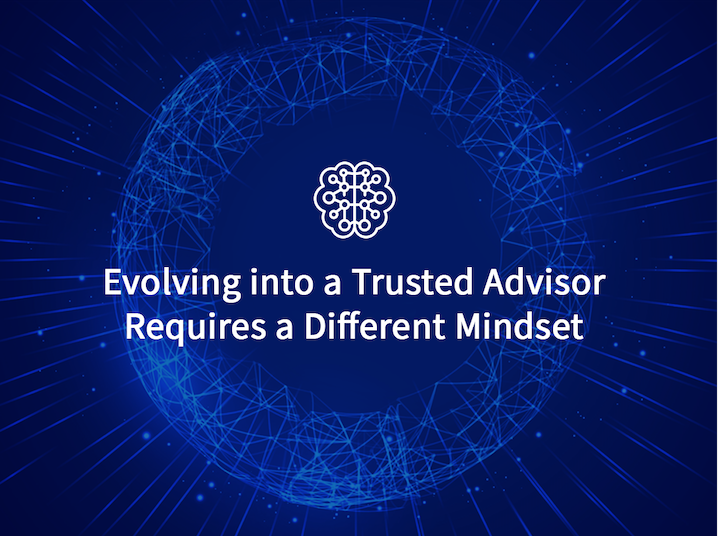If you’ve spent any time at all with me or my colleagues at AVANT Communications, you’ve heard the term, “Trusted Advisor.” At its most simplistic level, the term denotes the agents, VARs, integrators, and the host of intermediaries who sell products and services to the enterprise. But once you move beyond scratching the surface, it is clear that the Trusted Advisor movement is a new and innovative approach to solving business problems.
Becoming a Trusted Advisor is about measuring your success through customer satisfaction. To view it in a slightly different way, it’s about the extent to which you can focus on your customers’ business problems, ascertain the best solutions for those problems while leveraging your complete understanding of the available technology, and then deploying those solutions efficiently and successfully, either solely through your own team, or in conjunction with MSPs or other specialists. You’ve probably already guessed that a central aspect of this approach hinges upon your ability to stay current on the ever-present march of technology, which seems to further accelerate every day.
You’ll also need to stay current on the various providers competing for your business. This is more difficult than it was in earlier years when focusing on one or two large vendors was sufficient to get the job done. These days, there are countless small vendors who specialize in one subset of the market, and it’s up to the Trusted Advisor to keep tabs on whose offerings are good, whose offerings are not good, and whose offerings are great.
Indeed, offloading the customer from having to keep up with the pace of change is part of the role. What’s NOT part of the role is loyalty to any single vendor, service provider, or product line. You cannot be a Trusted Advisor by focusing on the interests of anyone on the supply side. You must instead focus on whatever meets the needs of the customer and answer those needs with whatever provides the best solution under the circumstances. The, after the solution is deployed and optimized, follow-up with analytics so that your success can be measured.
Be agnostic. Focus on solving problems as an extension of the customer’s team.
From the standpoint of the end customer, you’ll no doubt be more interested in working with someone who’s focused on finding solutions to real business problems as opposed to someone who is fixated on filling a pipeline – hitting their number, or perhaps blowing that number out of the water in hopes of being invited to President’s Club.
But here’s the best part: This Trusted Advisor approach is not exclusively limited to Information Technology. It’s how you people outside of IT should be running their businesses, as well.
No matter what product or service your company offers, your reason for existence, and your ability to profit, is based on your ability to solve customer problems.
So, take a hard look at what you’re offering. Take an equally hard look at how you compensate your team, and at the values you instill through your corporate culture. By putting your customer first, you give that customer a valid reason to put you first, vis a vis your competition. Becoming a Trusted Advisor to your customers will not only translate to higher success for those customers, it will translate to higher success for you and your company.
